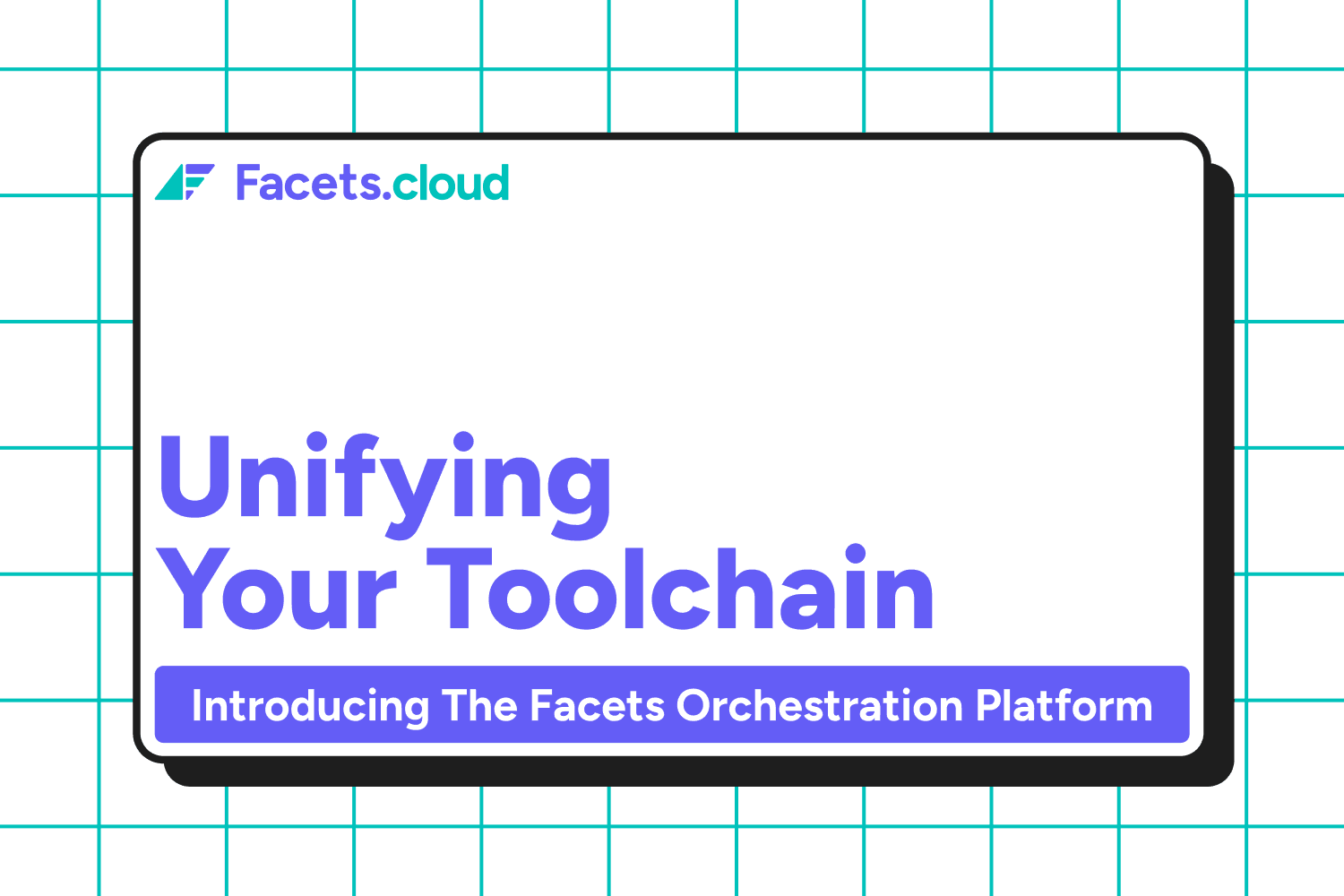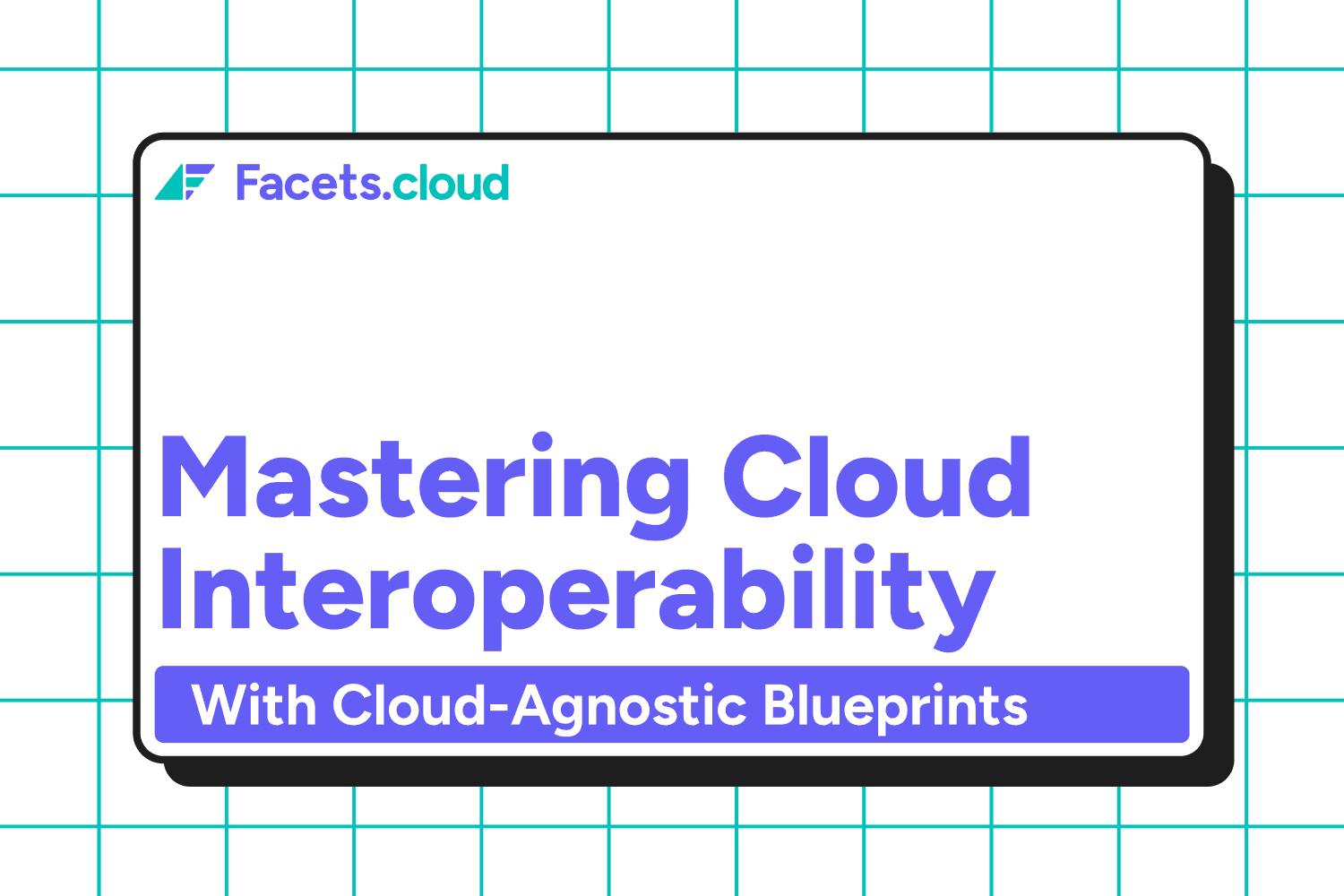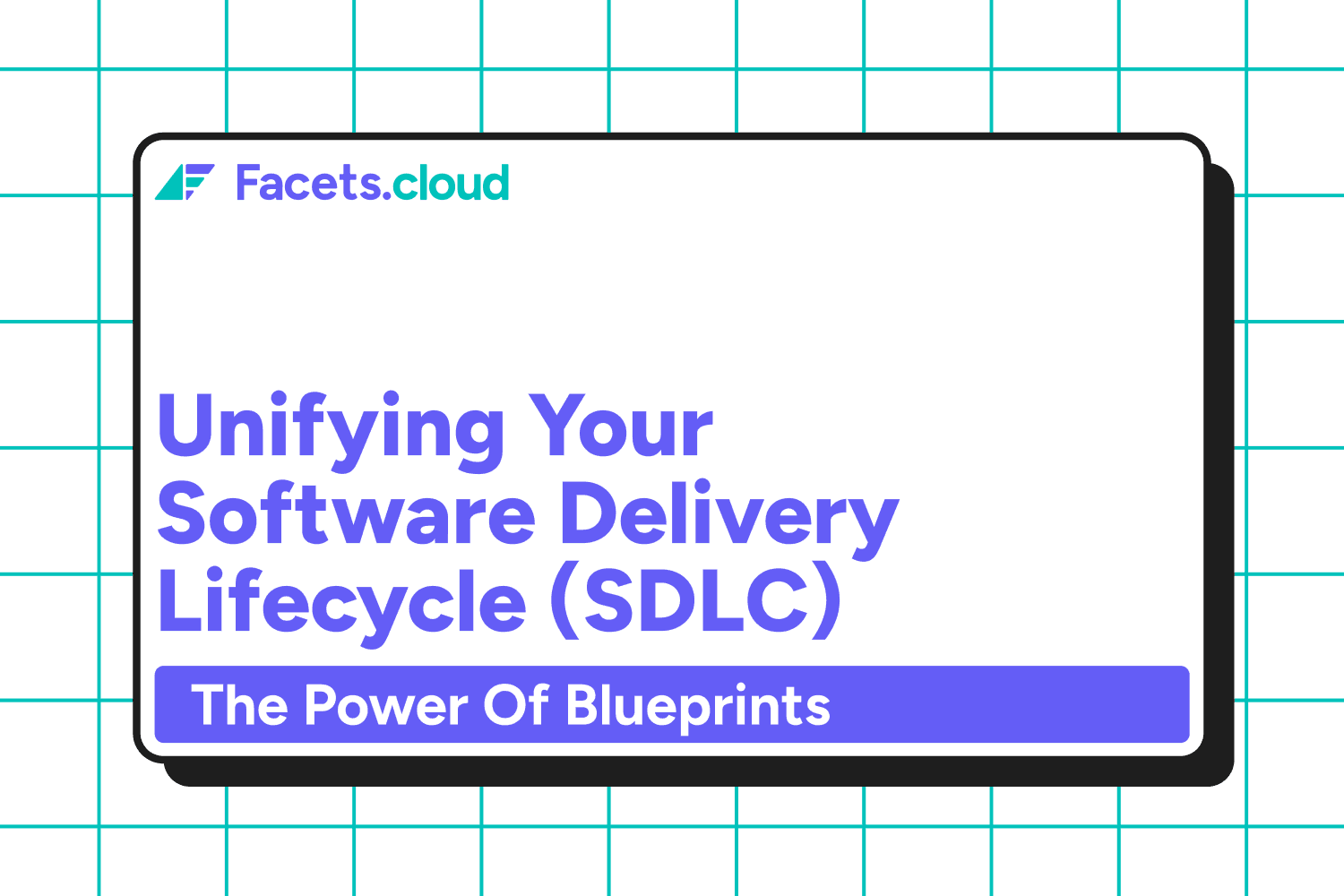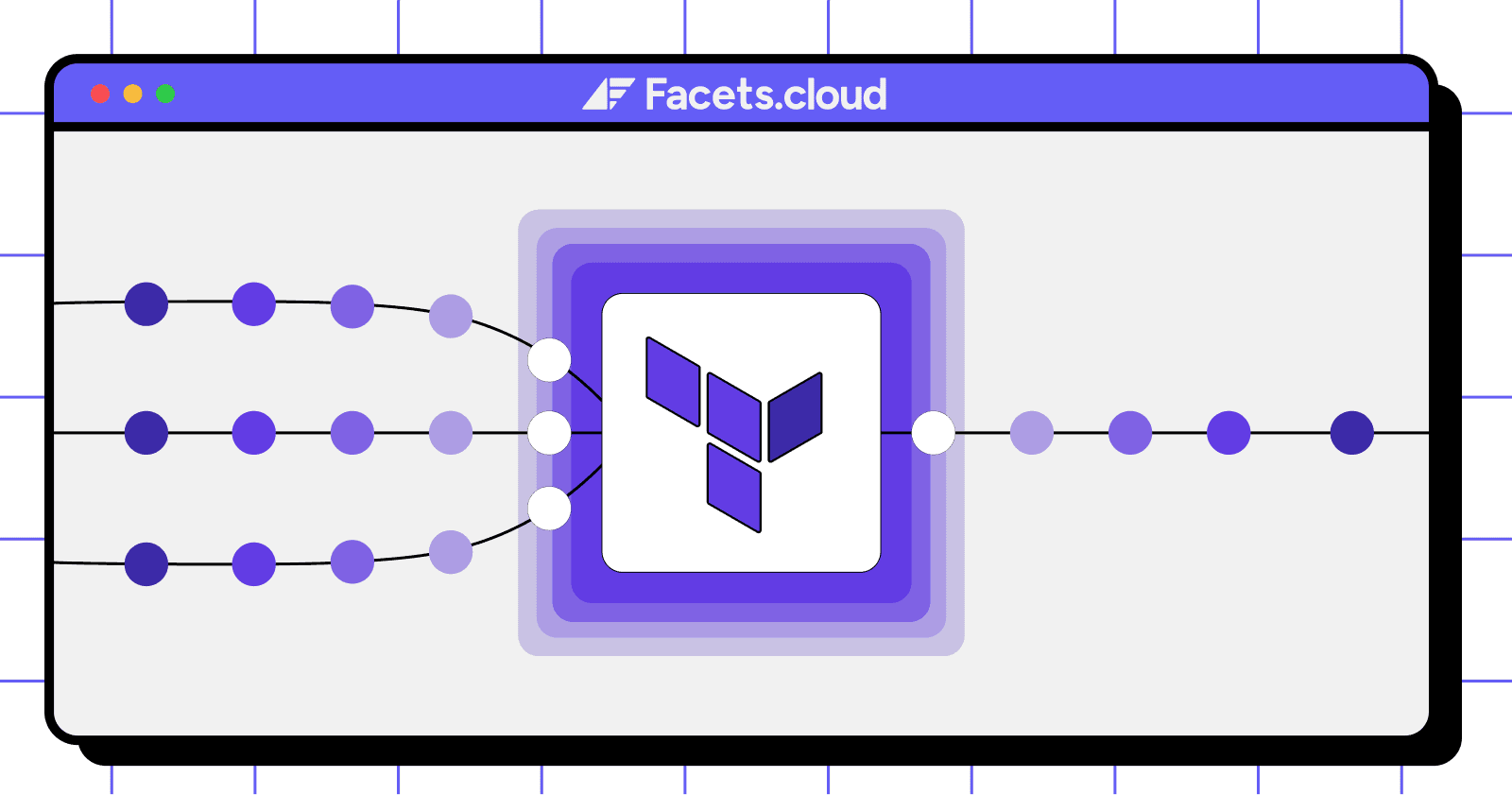
As Infrastructure as Code (IaC) practices mature, organizations often face a pivotal decision: Should they maintain a single, unified Terraform project or split it into smaller, modularized configurations? While splitting Terraform into smaller projects can seem like a practical solution to address immediate challenges, such as reducing state lock contention, it often introduces significant operational complexities that hinder scalability and reliability. In this blog, we will explore why maintaining a unified Terraform project remains the gold standard for seamless, drift-free operations and why alternatives, though appealing at first, fail to scale effectively.
The Advantages of a Unified Terraform Project
1. Comprehensive Dependency Management
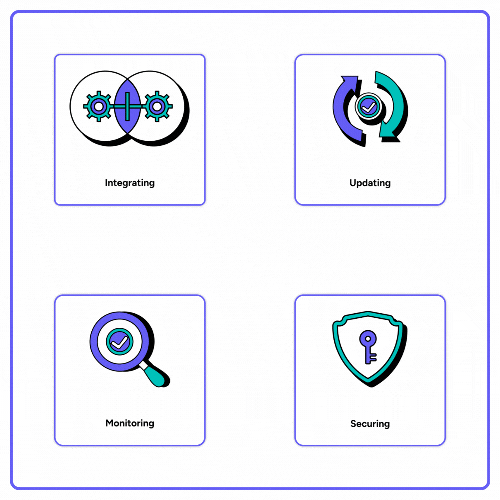
Terraform’s built-in Directed Acyclic Graph (DAG) ensures that all resource dependencies are automatically resolved. This means that resources are created, updated, or destroyed in the correct order, without requiring manual intervention or external orchestration.
Example: When deploying a database and a dependent application, Terraform ensures the database is fully provisioned before applying the application’s configuration.
In contrast, splitting these resources into separate projects requires custom scripting or tools like Terragrunt to enforce the correct sequence.
2. Drift-Free Infrastructure

In a unified Terraform project, the state file serves as the single source of truth for the entire infrastructure. By consolidating state management, teams reduce the likelihood of infrastructure drift, where the actual state of resources diverges from the declared configuration.
Unified projects allow for comprehensive planning and validation, ensuring that no changes are inadvertently omitted.
In fragmented setups, multiple state files increase the risk of drift, as changes in one project may not be reflected in dependent projects.
3. Simplified Orchestration
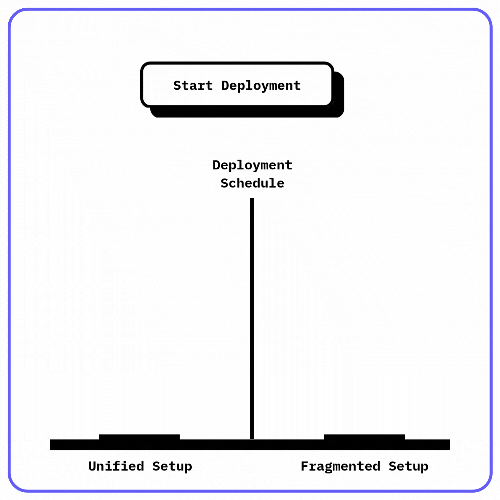
A unified project leverages Terraform’s built-in orchestration capabilities to manage dependencies, reducing the need for external tools like Terragrunt or custom CI/CD scripts. This simplicity minimizes operational overhead and accelerates the deployment process.
With a single terraform plan or terraform apply, teams can preview and apply changes across the entire infrastructure.
Fragmented setups require running multiple plans and applies, often with manual intervention to manage outputs and dependencies.
4. Comprehensive Planning and Validation
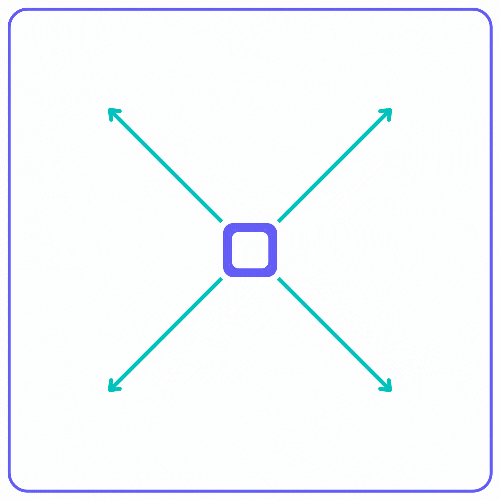
A single Terraform project provides a holistic view of the infrastructure, enabling teams to preview all changes before applying them. This level of visibility is critical for assessing the impact of updates and avoiding unintended consequences.
Example: Adding a new VPC or modifying a shared resource like a load balancer can be evaluated in the context of the entire infrastructure.
In modularized setups, plans must be generated individually for each project, making it difficult to assess the overall impact of changes.
5. Lower Risk of Partial Failures
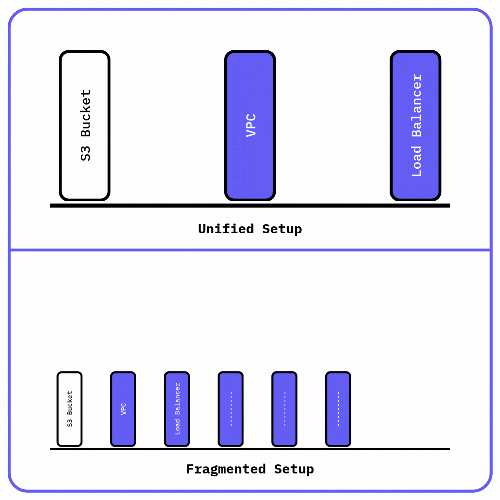
Terraform’s unified state ensures that failures during an apply are isolated to specific resources, while the overall state remains consistent. This reduces the risk of cascading errors that can arise in fragmented setups.
Example: If provisioning a new S3 bucket fails, other resources in the same project are unaffected, and the state remains valid.
In contrast, fragmented setups risk creating inconsistencies if dependencies are applied out of order or fail midway.
6. Simplified Multi-Environment Management
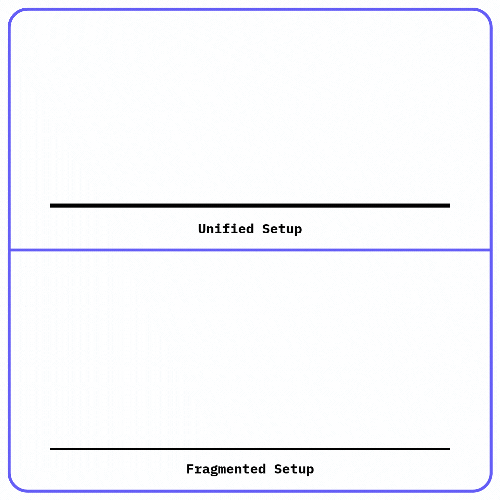
A unified Terraform project makes it easier to manage multiple environments (e.g., development, staging, production) by leveraging workspaces or parameterized modules.
Example: Using Terraform’s workspace feature, teams can deploy identical configurations across environments while maintaining separate state files for each environment.
In fragmented setups, managing environments requires replicating and synchronizing configurations across multiple projects, increasing the risk of inconsistencies.
Why Alternatives Don’t Scale
1. Complex Dependency Management
Splitting Terraform into smaller projects forces teams to manage dependencies manually. Tools like Terragrunt can help, but they add an extra layer of complexity and require constant maintenance.
Example: Consider a scenario where a VPC created in one project needs to pass its subnets to an application module in another project. With Terragrunt, you must define explicit dependencies and manage outputs between projects. This setup requires meticulous orchestration to ensure the VPC is updated before the application module is applied.
Terragrunt’s dependency model is helpful but not automatic. Each dependency must be declared explicitly, and managing these interconnections can quickly become overwhelming as infrastructure grows.
2. Fragmented State Management
With multiple state files, teams lose the ability to view the entire infrastructure as a single entity. This fragmentation makes it difficult to detect and resolve conflicts or inconsistencies across projects.
Example: Imagine updating an IAM role in one project that is used by multiple other projects. If those projects do not reference the updated state, the changes may not propagate, leading to drift and potentially broken dependencies.
3. Increased Operational Overhead
Managing multiple Terraform projects requires additional tooling, scripts, and processes to ensure consistency. This overhead grows exponentially as the infrastructure scales.
Example: In a microservices architecture with dozens of services, each service might require its own Terraform project. Teams must then maintain scripts to orchestrate updates, ensuring that interdependent services are applied in the correct sequence. Debugging failures becomes more challenging when issues span multiple state files and outputs.
4. Scaling Challenges
As infrastructure complexity increases, the limitations of fragmented setups become more apparent. Teams face bottlenecks in coordinating updates, managing dependencies, and ensuring consistent state across projects.
Example: A company deploying a global Kubernetes cluster may split networking, compute, and storage into separate projects. Updating a shared resource like a DNS record or load balancer requires coordinated applies across all these projects. Without strict controls, this process becomes error-prone and difficult to scale.
5. Terragrunt-Specific Challenges
While Terragrunt offers features like dependency management and parallelization, it introduces challenges of its own:
Inconsistent Planning: Terragrunt can only plan individual projects after their dependencies are executed. This means there is no way to generate a unified plan showing all changes, which limits visibility and increases the risk of conflicts.
Manual Error Recovery: If a dependent project fails, teams must manually resolve the issue and reapply, potentially delaying deployments.
Learning Curve: Terragrunt’s syntax and structure add complexity, requiring additional knowledge and maintenance effort.
Conclusion
While modularizing Terraform into smaller projects may offer short-term benefits, such as reducing state lock contention, it introduces significant long-term challenges that hinder scalability and reliability. A unified Terraform project, on the other hand, leverages Terraform’s strengths—comprehensive dependency management, holistic state, and built-in orchestration—to deliver seamless, drift-free operations. Moreover, managing multiple environments becomes significantly easier with a unified project, as teams can reuse configurations and isolate state files using workspaces. For organizations seeking to scale their IaC practices while maintaining operational simplicity, a unified approach remains the cornerstone of effective infrastructure management.
